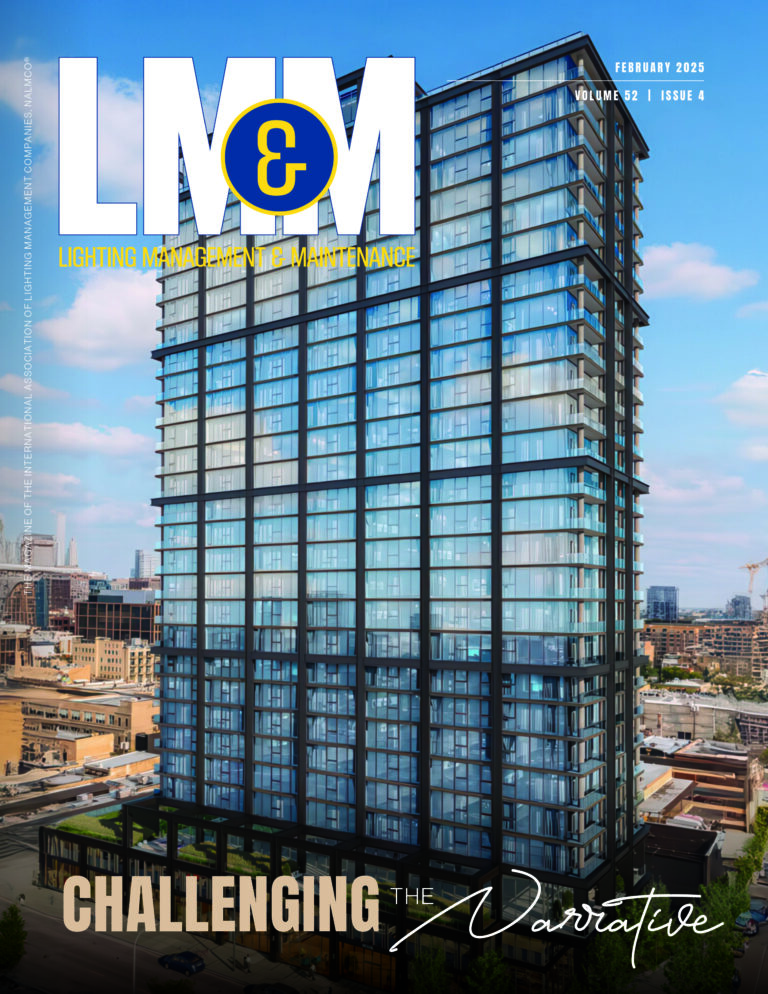Attorney David Radulescu, Ph.D., of Radulescu LLP hosted a webinar on 2 MAY, 2024, to discuss developments in IP litigation over the previous year. For seven consecutive years, Radulescu has provided annual updates on patent issues impacting the LED lighting industry. His first update was presented at LightFair in 2017, hosted by the EdisonReport. These privately-hosted meetings have consistently attracted LED lighting companies keen to understand more about the increasing threat of patent litigation to their operations. This year, he opened the doors to anyone interested in attending. Not surprisingly, there were a number of attendees from Signify.
Below are the six topics he discussed:
- Recent Trends in U.S. Patent Litigation (LED Industry): Overview of current litigation trends.
- LED Patent Litigation Landscape: Identifying litigants and defendants.
- Signify EnabLED Licensing Program Update.
- Other LED Industry Licensing Programs: Lynk Labs, Cao Lighting, UCSB.
- Non-Practicing Entity Update: BX LED, Lighting Defense Group, SemiLED Innovations LLC, Lexington Luminance.
- Unified Patent Court (Europe): New centralized court managing all patent-related liability issues swiftly.
This first article will focus on topics 1 and 3.
Radulescu began by presenting some statistics on IP litigation relevant to the industry. Approximately 350,000 patents are issued annually in the United States, a number that has remained relatively stable compared to the previous year. When these patents are analyzed by country of ownership among the total 350,000 issued, the United States leads with approximately 140,000. Following are Japan, Korea, and China, with Japan consistently holding the second position. Notably, this year, Korea and China have changed ranks, with Korea now ahead of China in terms of the number of U.S. patents held.
It is estimated that around 6,000 patents, or about 1.7% of all patents issued in the U.S., are associated with LED technology.
In the United States, the landscape for patent litigation, especially concerning LED technology, involves meticulous tracking and summarization of cases. For instance, last year, there were approximately 63 new patent infringement suits specifically targeting LED technology. This figure represents about 2% of the total 3,100 patent litigations filed across the country, equating to roughly one in every 50 cases. Notably, out of these 63 cases, 30 remain active, indicating that more than half of these disputes are still ongoing rather than being quickly resolved through settlements involving nominal payments to the patent owners.
Signify EnabLED Licensing Program:

The Signify EnabLED licensing program has been active for over 15 years and has initiated numerous patent litigations. Previously operating under the Philips brand, Signify has targeted 28 different entities over the past 15 years. Most of these cases get resolved in less than a year, with four cases filed in just the last two years; two of these recent cases have already been settled.
The number of new EnabLED North American licensees in 2022 fell to 17, which is an 8-year low.
Notably, of all the litigations Signify/Philips has filed, only one progressed through full trial. This was an International Trade Commission (ITC) case from 2017 to 2019, where the judge ultimately rejected the claims made by Signify.
Radulescu spoke in detail about one of those open cases, Menard. This case was initiated in 2022, where six patents were asserted, including some that have expired, such as patent ‘399. Among these, patents ‘554 and ‘604 have been heavily asserted, along with two newer patents: one for a cove light and another for a CCT adjustable light with a remote switch. The Menard case, nearly two years old, was initially filed in Ohio before being transferred to Wisconsin. Uniquely, after filing the lawsuit, Menard dragged 13 of its suppliers into the case.
Signify initially attempted to sever these third-party complaints, but the motion was denied. However, Signify was successful in its recent legal strategy to expand the case and introduce additional accused products. Menard complained that Signify was “piling on,” and Menard would have to change their legal strategy since new products were added. The judge sided with Signify, implying that the new products were similar. The EdisonReport covered that story last week.
Monday, we will look closely at the now-settled Signify-Current litigation.




